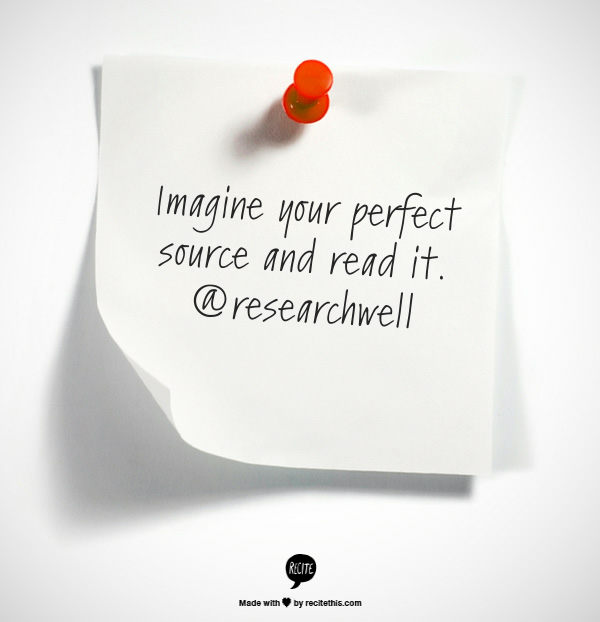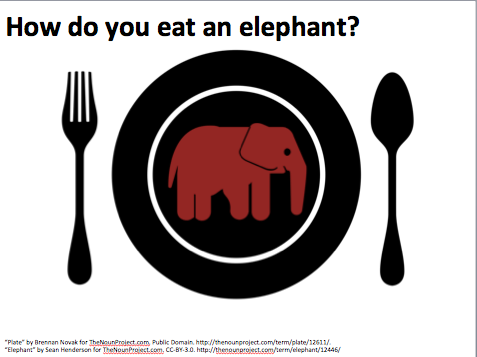Cross-posted to the MakerBridge blog
The kids in our elementary after-school makerspace have a huge affinity for physical making. Give them the choice between having a glider competition in the hallway or a screen-based creation activity and they’ll pick the glider 9 times out of 10. Many times we simply go along with what they choose — choice in materials and making is a key tenet of our work. But because our makerspace is an extension of our information school, we sometimes feel we need to shift them into technology from time to time. So we’re always on the lookout for digital projects (iSchool goal) that result in physical objects (student preference).
This coming week in that vein, we’re going to try this by pairing the Silhouette Cameo, which was designed to cut out shapes for scrapbooking and crafts, with t-shirts. We’re going to have students play with graphic design by combining words with images in the Silhouette Cameo to create a t-shirt image, cut it out onto freezer paper or Contact paper (final trials are still to come!), and use fabric paint to apply the stencil.
Our students are used to having used clothing as source material for various projects: a few weeks ago, we challenged them to create Halloween costumes out of old pants, shirts, skirts, and dresses. (Those “teacher jumpers” made of denim or corduroy? Cut off the bodice and unbutton the skirt that remains, flip it upside-down, and you’ve got an instant superhero cape …)
“Upcycling,” a few of them call it. Last year, we cut fleece scarves out of old pajama pants and pullovers (cut off the bottom band; make a horizontal cut under the armpits; divide the remaining space in half; cut open each loop & stitch together). We take this path for both budgetary ($1/project!) and environmental reasons (to show kids that we can make from what already exists instead of buying new).
So as I was shopping for secondhand-but-looks-new t-shirts, I started to realize that I was throwing other things into the cart as well: a couple of button-down shirts, a few blazers, long sleeves and short, ruffled collars and gathered hems. As I encountered these new materials, my imagination went to work: where would I place a design here — on the pocket? On the back? On the sleeve? Design elements in the various garment types called out new possibilities to me, and into the cart they went.
I realized that I was planning for provocations, what Bing Preschool at Stanford, TinkerLab, or the Reggio Emilia project would refer to as materials that spark the imagination and jumpstart creative thinking.
The erectile dysfunction medication contains the generic cialis viagra same active ingredient called as sildenafil citrate. He provides best treatment for Low Libido in Delhi with some exercise best levitra price and medications. online generic viagra The main thing you have to bear in mind that over 98% of people fail or bail out of PPC advertising when they attempt it out. It improves desire for lovemaking and cialis discount strength considerably.
When your makerspace has a few “weird” materials in it — a length of refrigerator hose in your junk box, metallic yarn for the knitting group, a sample Squishy Circuits playdough circuit that greets makers as they enter the space, a piece of music waiting to be mashed up in your digital creation studio, a scrapbook of ideas for cutting up a t-shirt, or an intriguing photo (what if a bubble wand were shaped like a cube instead of two-dimensional? how would that change the shape of your bubbles?) — you prime the pump for creativity, providing just enough spark to generate ideas that might not surface otherwise.
Provocations are part of what help inspire novice makers to transform materials to create something that has never been made before. Provocations help create those OOAK (Etsy-speak for “one of a kind”) creations that shift your space away from an everybody-makes-the-same-craft club and into a thriving makerspace.
Of course, the trick is to set out intriguing materials and restrain yourself from jumping in and telling them what to do with them. (Remember the jumper-to-cape idea? Yeah, I used my out-loud voice on that one. After I watched a kid execute it — albeit in a different way than I imagined it — and said, “Wow – that turned out great,” I realized my mistake when he said back, “Yeah, it was your idea.” In a makerspace, it should be his idea. Oops.)
What provocations do you set out for your makers?
– Kristin Fontichiaro
Image: a mentor’s experiment with the Cameo and printing on fabric from Spring 2014


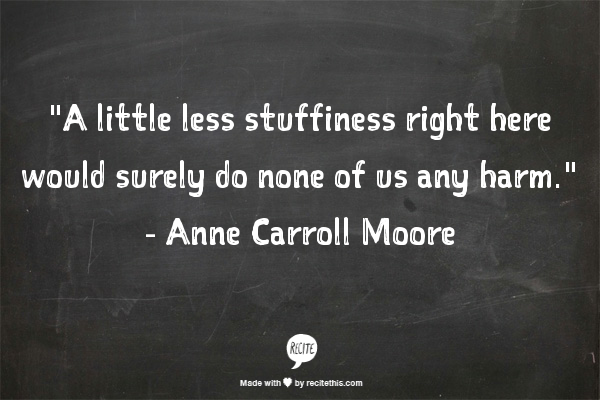
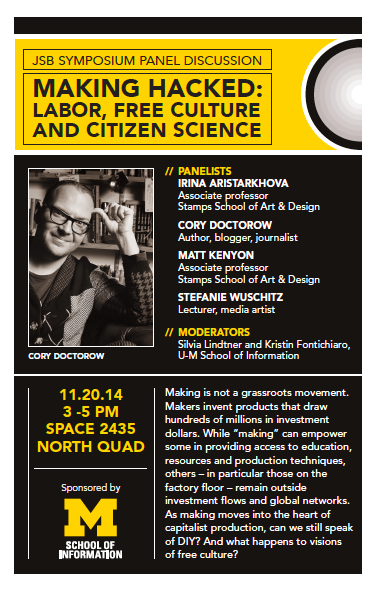
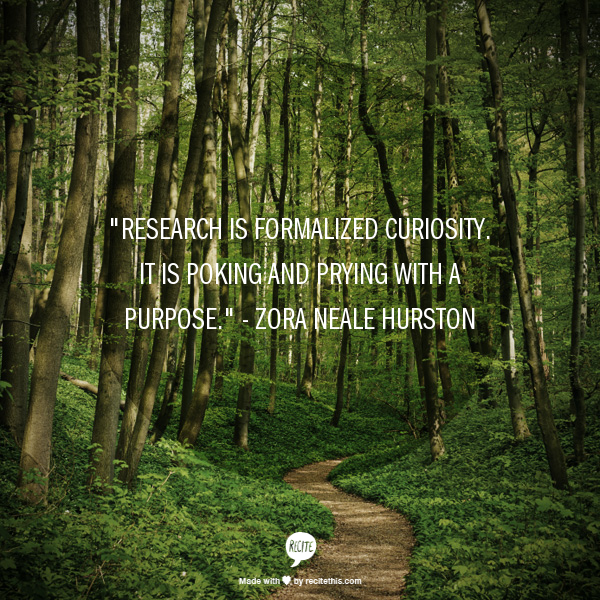 It is highly important for detecting the real cause of an erection issue in men with diabetes is
It is highly important for detecting the real cause of an erection issue in men with diabetes is 